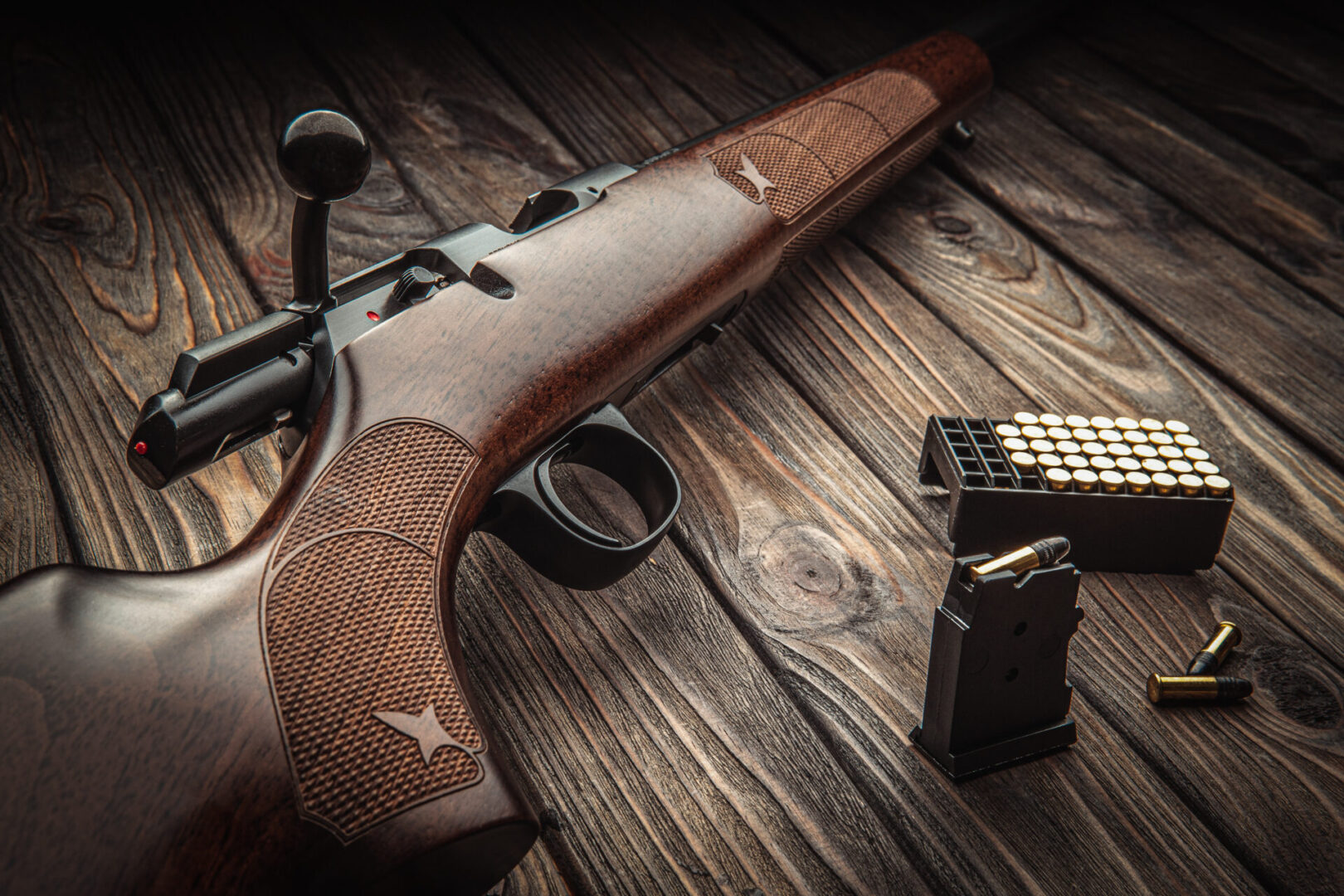Gun stocks have gone through several evolutions since it was invented hundreds of years ago. Today, rifles are equipped with a custom stock that features design elements that cater to the shooter’s individual preferences. Unlike its humble origins, modern stocks are as intricate as the guns you use it with.
Learn everything you need to know about the history and origins of rifle stocks. Find out what makes modern stocks different from stocks from just a few decades ago. And, see what brings gunsmiths and stock makers to continuously redesign and improve the engineering of rifle stocks.
Complete Guide to Gun Stocks – Part I: History and Evolution of Stocks
Over the past few decades, gun stocks have gone through a profound evolution in component manufacturing, engineering, and design. Rifle stocks still resemble their traditional origins in some ways and have vastly improved or changed in other ways. Originally, rifles featured stocks made of, almost exclusively walnut hardwood.
Hardwood is still a mainstay of rifle stocks, and you can find them in many more varieties than a walnut. But, diverging from the hardwood tradition, stock makers now use a wide variety of materials and components to customize a stock to specific rifles and shooting styles.
What is a Rifle Stock? How Does the Stock Advantage the Shooter?
A gunstock provides a point of contact for the shooter, between themself and the chamber of the rifle. The purpose of a stock is to enable greater control over the firing power of the projectile, on the part of the shooter. The stock offers a stabilizing point-of-contact for aiming and firing the weapon.
A rifle stock also supports the receiver and stabilizes the barrel of the gun by dampening the vibrations produced in the barrel when firing. In essence, the point of a gunstock is to help the shooter hold the gun still while aiming and to stabilize the gun’s components when firing. And, it provides structural stability to the firing mechanism, action, and barrel.
The gunstock rests against a shooter’s shoulder, bracing against the force exerted by the discharge. At the same time, it helps to prevent muzzle rise by transferring the recoil through the stock and into the shooter’s upper body. And, the modern way in which a gunstock is designed can be traced back as early as the 15th Century.
Where Does the Modern Rifle Stock Come From?
To learn about the induction of rifle stocks is to learn about the advent of firearms. The etymology of “rifle stock” dates back to 15th Century Germania. The Germanic “Stock” refers to a wooden tree trunk.
Early iterations of stocks came with the advent of hand cannons in the 14th Century. But, these wooden stocks do not resemble modern-day firearm stocks. 13th and 14th Century China harnessed the power of projectiles by designing hand-held cannons. As hand cannon design evolved over the decades, it eventually adopted a stock-like wooden stick.
The early Chinese hand cannon stock was little more than a stick that the shooter pinned underneath their armpit. In this early iteration, the barrel of the hand cannon would sit atop a tripod, allowing the shooter to remain in the standing position.
These firearms operated by lighting a fuse, in the same way as a cannon. But, after only a few decades, the firing mechanism of hand cannons was refined into a matchlock system, such as the European arquebus. And, as the firearm began to take shape, so too did the stock.
The Birth of Modern Rifle Stocks
Matchlock firearms, as seen in 15th and 16th Century Europe and the Americas, got rid of the tripod, allowing soldiers to freely move. This design change also ushers-in the modern rifle stock, as it is still used today. By changing the design, from under the arm, to bracing against the shoulder a shooter’s ability to aim while moving and shooting accuracy exponentially improved.
Even as matchlock changed to cartridge ammunition, and cannons changed to barreled rifles, the rifle stock has kept its basic function and purpose. The basic shape of the gun stock remains the same for hundreds of years, but throughout its early life it took on several uses that have fallen out of use today. For example, colonial muskets from the 17th and 18th Centuries were built for the hardwood stock to double as a bludgeon for hand-to-hand combat.
Rifle stocks have come a long way, since the early inception of the firearm, but their intent remains the same. Modern stocks offer benefits to the shooter that early gunsmiths would have never dreamed of, like the choice to drop the comb or heel to best serve a particular firearm. Learn more about the anatomy of stocks in part II, and start customizing your gun stocks today to see all the upgrade options available for your rifles.
